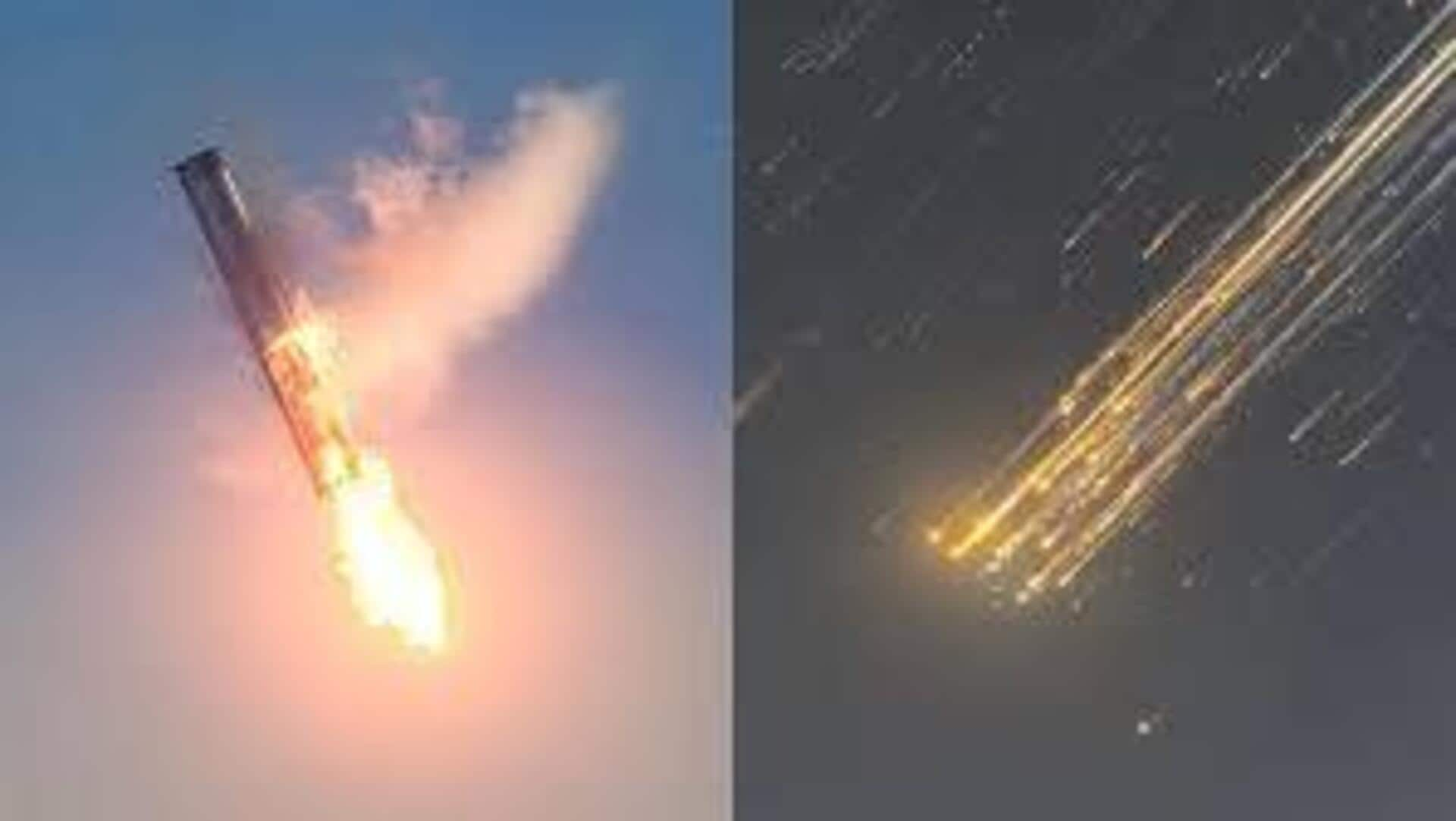
Elon Musk's Starship rocket fails, crashes after farthest flight
What's the story
SpaceX's Starship rocket, a key player in Elon Musk's vision for interplanetary travel, has crashed during its ninth uncrewed test flight. The two-stage spacecraft launched from the company's Starbase facility on the Gulf Coast of Texas at 7:36pm EDT (23:36 GMT). This time, SpaceX used a previously flown Super Heavy booster to demonstrate reusability.
Flight details
Starship's flight path and challenges
SpaceX launched the Starship system with a previously flown Super Heavy booster for the first time, aiming to achieve a key demonstration of its reusability. However, things went wrong soon after. The first-stage rocket separated from the upper-stage Starship vehicle as planned but lost contact with SpaceX controllers during its descent. The booster was expected to make a controlled splashdown, but it is now presumed lost.
Flight failure
Starship's uncontrolled spin and crash
The upper-stage Starship vehicle continued its journey into space, reaching a planned suborbital trajectory. However, about 30 minutes into the flight, SpaceX lost attitude control over Starship. This led to an uncontrolled spin and atmospheric re-entry. A SpaceX commentator said during a livestream, "We will not be aligned as we wanted it to be aligned for re-entry... Our chances of making it all the way down are pretty slim."
Flight objectives
Starship's payload deployment and re-entry experiments
The flight also aimed to deploy mock satellites from Starship's payload doors, a task that was unsuccessful due to the doors not opening fully. SpaceX had hoped for a controlled splashdown in the Indian Ocean after less than 90 minutes of flight. However, with attitude control lost, an uncontrolled landing was inevitable. In a statement, SpaceX confirmed the spacecraft experienced "a rapid unscheduled disassembly." The company said it would continue to review data and work toward future flight tests.